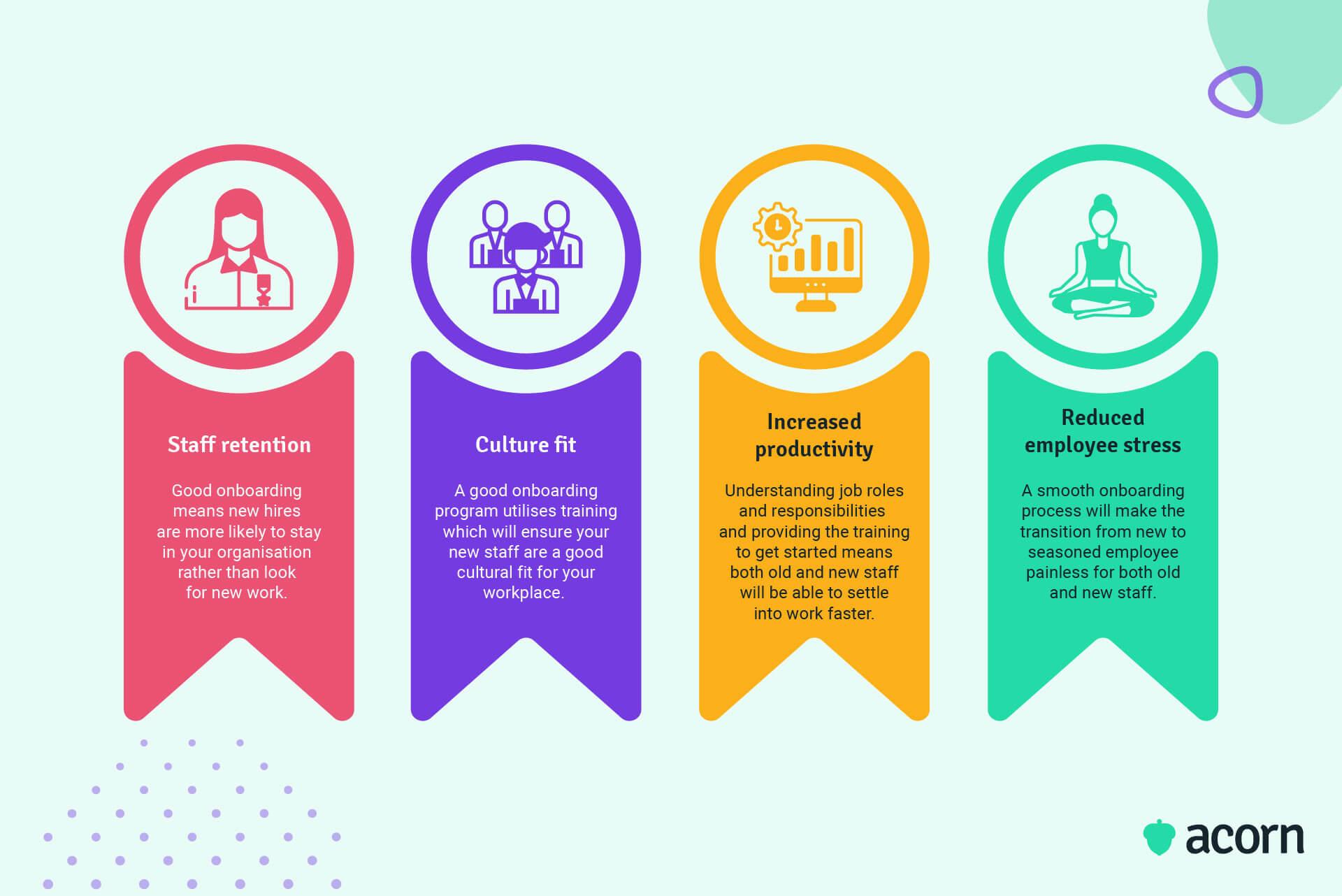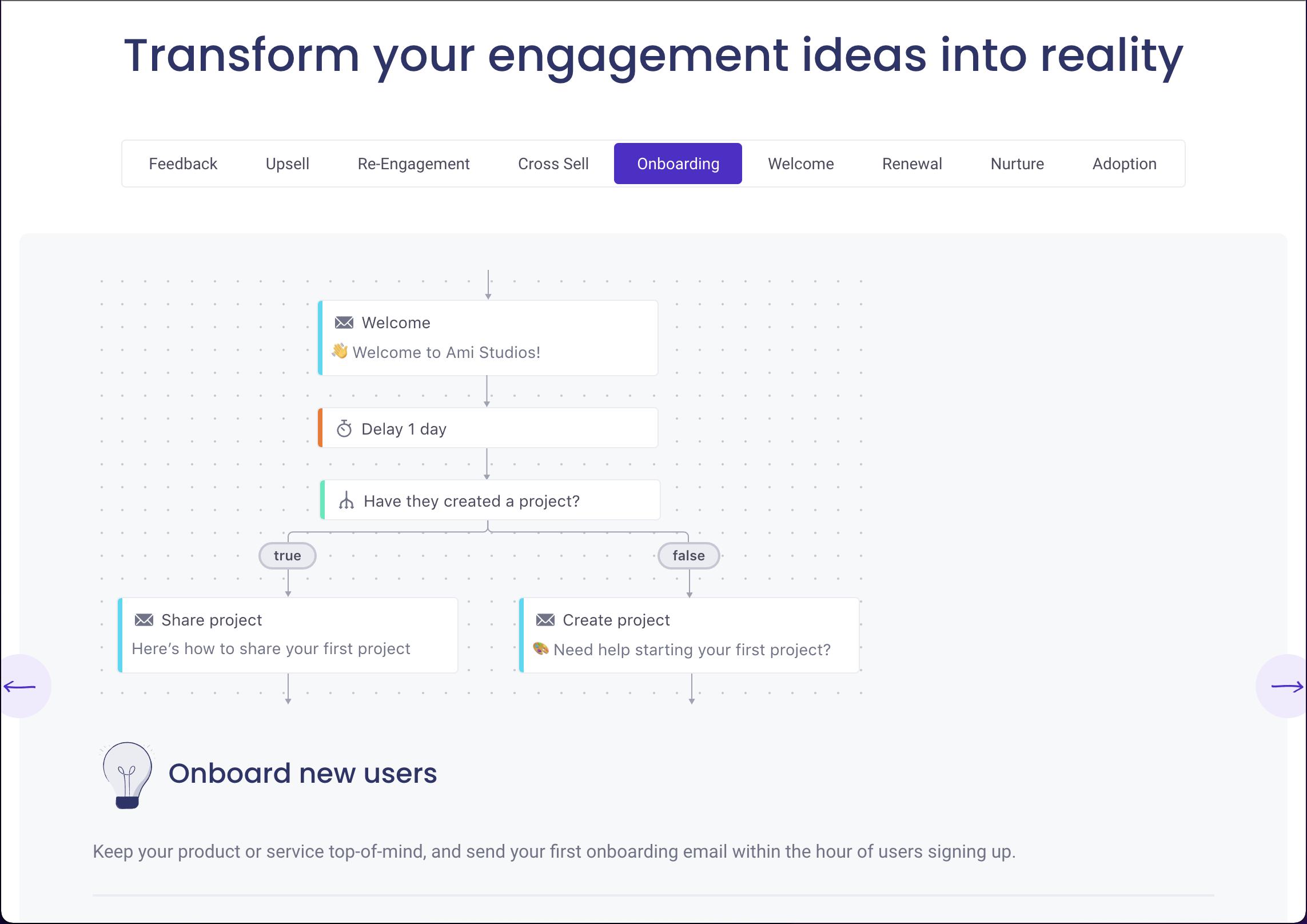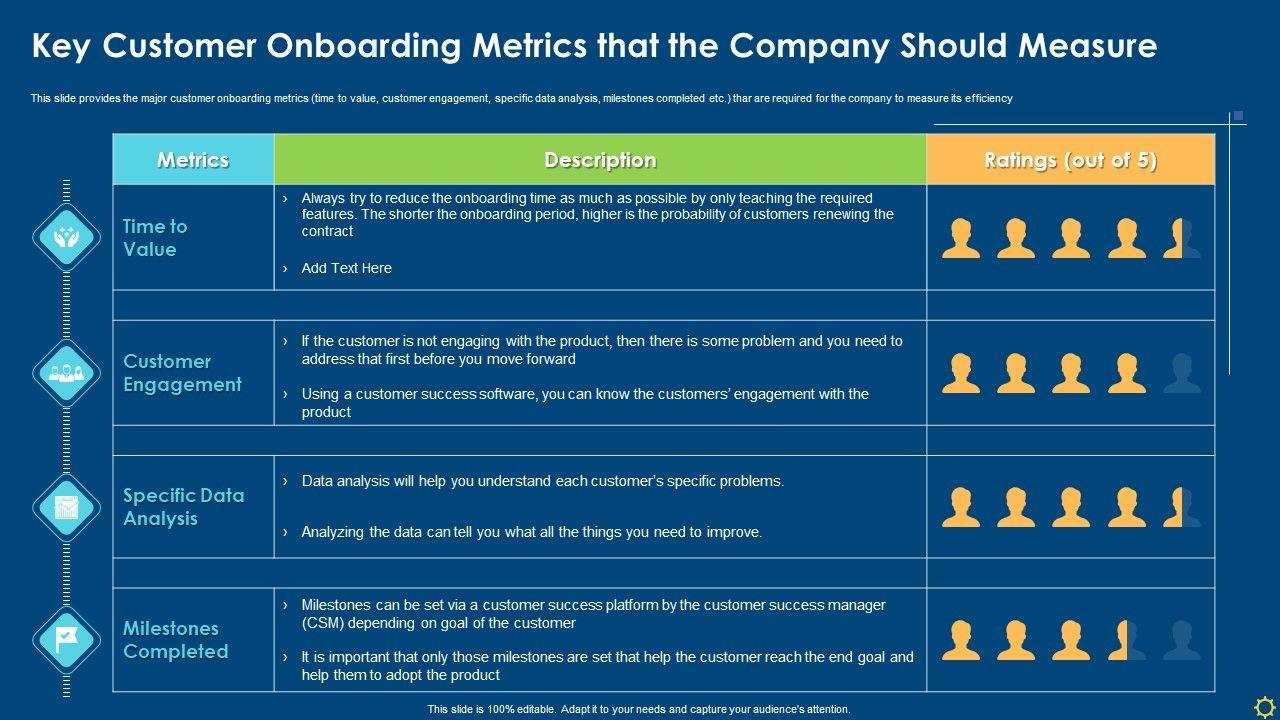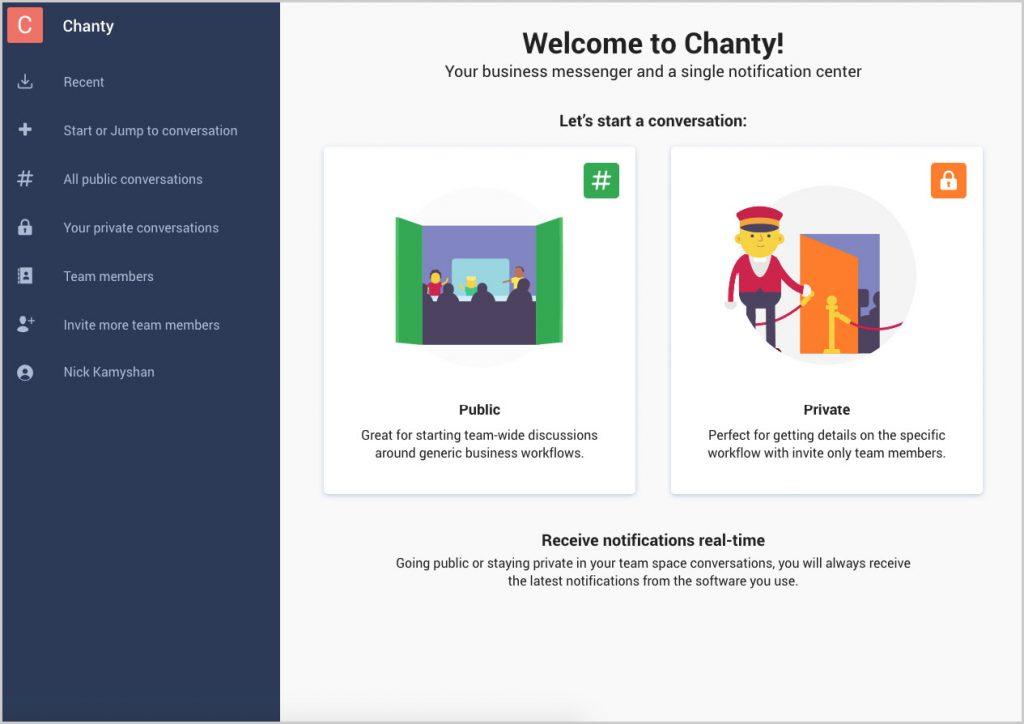In today’s rapidly evolving digital landscape, Software as a Service (SaaS) solutions are reshaping the way businesses operate, communicate, and thrive. Yet, the journey from subscription to successful utilization is often punctuated by bumps and hurdles, notably during the onboarding phase. This critical initial step sets the tone for user satisfaction and long-term commitment. “Mastering SaaS Onboarding: A Seamless Path to Success” delves into the intricacies of this pivotal process, exploring strategies and best practices that not only streamline user experiences but also cultivate a culture of engagement and productivity. As we embark on this exploration, we’ll uncover how a well-orchestrated onboarding journey can transform users from hesitant newcomers to confident champions of your SaaS solution, paving the way for enduring success. Join us as we navigate the essential elements that make onboarding not just a routine task, but a powerful catalyst for growth and innovation.
Understanding the Importance of Effective Onboarding in SaaS
The onboarding process in SaaS (Software as a Service) is not merely about guiding users through the software; it’s a vital touchpoint that shapes their entire experience with the product. Effective onboarding ensures users understand the core functionalities and can leverage the software’s full potential, which ultimately enhances user retention. Users are more likely to become advocates for the product when they feel confident navigating its features from day one. Key elements of an effective onboarding process often include:
- Clear Communication: Using concise and engaging language to communicate goals.
- Interactive Elements: Allowing users to explore through hands-on tutorials.
- Personalization: Tailoring experiences based on user needs and behaviors.
- Feedback Channels: Establishing avenues for users to voice their concerns.
Furthermore, by ensuring a smooth onboarding process, companies can significantly reduce churn rates. The first few interactions a user has with the software are foundational, impacting their long-term engagement. A well-structured onboarding sequence should not only introduce features but also align users with their strategic goals for using the product. Consider the following aspects to measure onboarding success:
| Metric | Description |
|---|---|
| User Activation Rate | Percentage of users who complete key onboarding tasks. |
| Time to Value | Time taken for users to achieve their first meaningful outcome. |
| Churn Rate | The percentage of users who discontinue using the software. |

Key Components of a Seamless Onboarding Experience
Creating a truly effective onboarding experience hinges on several essential elements that work synergistically to empower users. First and foremost, clear communication stands as the backbone of any onboarding process. This includes interactive tutorials that guide users through the software’s functionalities, as well as personalized welcome messages that make each user feel valued. Additionally, cultivating a sense of community is vital; integrating forums or chat options allows new users to engage with seasoned customers, share tips, and ask questions, fostering an environment of collaboration and support.
Equally important is the integration of analytics and feedback mechanisms that provide insights into user engagement and satisfaction. By monitoring how users interact with the platform, companies can identify common pain points and refine their onboarding pathways accordingly. Furthermore, offering resource libraries stocked with helpful materials—such as FAQs, instructional videos, and case studies—ensures that users have access to information when they need it most. The combination of these components can significantly reduce time-to-value for users, setting them on a seamless path to success.

Tools and Techniques for Streamlining the Onboarding Process
Creating a streamlined onboarding process can significantly enhance user experience and increase retention rates. One effective strategy is to use checklist tools that guide new users through essential steps in their journey. These checklists can be customized based on the user’s role or goals, providing a personalized touch. Additionally, leveraging interactive tutorials and walkthroughs can help users grasp complex functionalities without feeling overwhelmed. By incorporating tooltips and in-app messages, users receive real-time support tailored to their actions, making it easier for them to navigate the platform confidently.
Automation also plays a critical role in optimizing onboarding efforts. Consider using email automation tools to send out timely welcome messages, educational resources, or reminders. These can be programmed to trigger at specific points in the onboarding process, ensuring that valuable information is delivered when it is most relevant. Another powerful technique is to employ analytics tools that track user engagement, providing insights that can help refine the onboarding experience. By analyzing user behavior, teams can identify areas for improvement and adapt their strategies accordingly, ensuring that each onboarding experience evolves based on real user feedback.

Measuring Success: Metrics to Gauge Onboarding Effectiveness
To truly understand the effectiveness of your onboarding process, it’s essential to track specific metrics that provide insights into user engagement and satisfaction. Consider measuring the time to first value (TTFV), which reflects how quickly users can achieve their first success with your software. Additionally, monitor feature adoption rates to determine how well users are embracing the key features of your platform during their onboarding. Other crucial metrics include user retention rates after the initial onboarding phase and customer satisfaction scores gathered through surveys or feedback forms. Tracking these KPIs will help you identify potential bottlenecks and make necessary adjustments to your onboarding experience.
Furthermore, analyzing drop-off rates at various onboarding stages can unveil critical areas where users might be struggling. You might also want to incorporate user engagement scores, which can be generated through behavioral analytics, providing a deeper understanding of how users interact with your platform. To aid in visual analysis, here’s a simple table that summarizes these metrics:
| Metric | Description |
|---|---|
| Time to First Value (TTFV) | Time taken for users to achieve their first success. |
| Feature Adoption Rate | Percentage of users utilizing key features post-onboarding. |
| User Retention Rate | Percentage of users who continue using the software after onboarding. |
| Customer Satisfaction Score | Ratings provided by users through surveys. |
| Drop-off Rate | Percentage of users exiting the onboarding process. |
In Conclusion
As we conclude our exploration of mastering SaaS onboarding, it becomes clear that the journey to user success transcends mere functionality; it’s about crafting an experience that resonates. By embracing a structured yet flexible approach, organizations can transform their onboarding process into a gateway that not only welcomes users but also empowers them to thrive.
In a digital landscape that constantly evolves, your onboarding strategy should be a living document—responsive to feedback, adaptable to trends, and always focused on enhancing user engagement. Remember, each touchpoint during the onboarding process is an opportunity to foster relationships, build trust, and ultimately drive retention.
As you take these insights back to your teams, know that the path to successful onboarding is not a destination but a continuous journey. Equip your users with the tools, knowledge, and support they need, and watch as they not only navigate but flourish within your SaaS ecosystem. Here’s to turning every onboarding experience into a seamless path toward lasting success.



